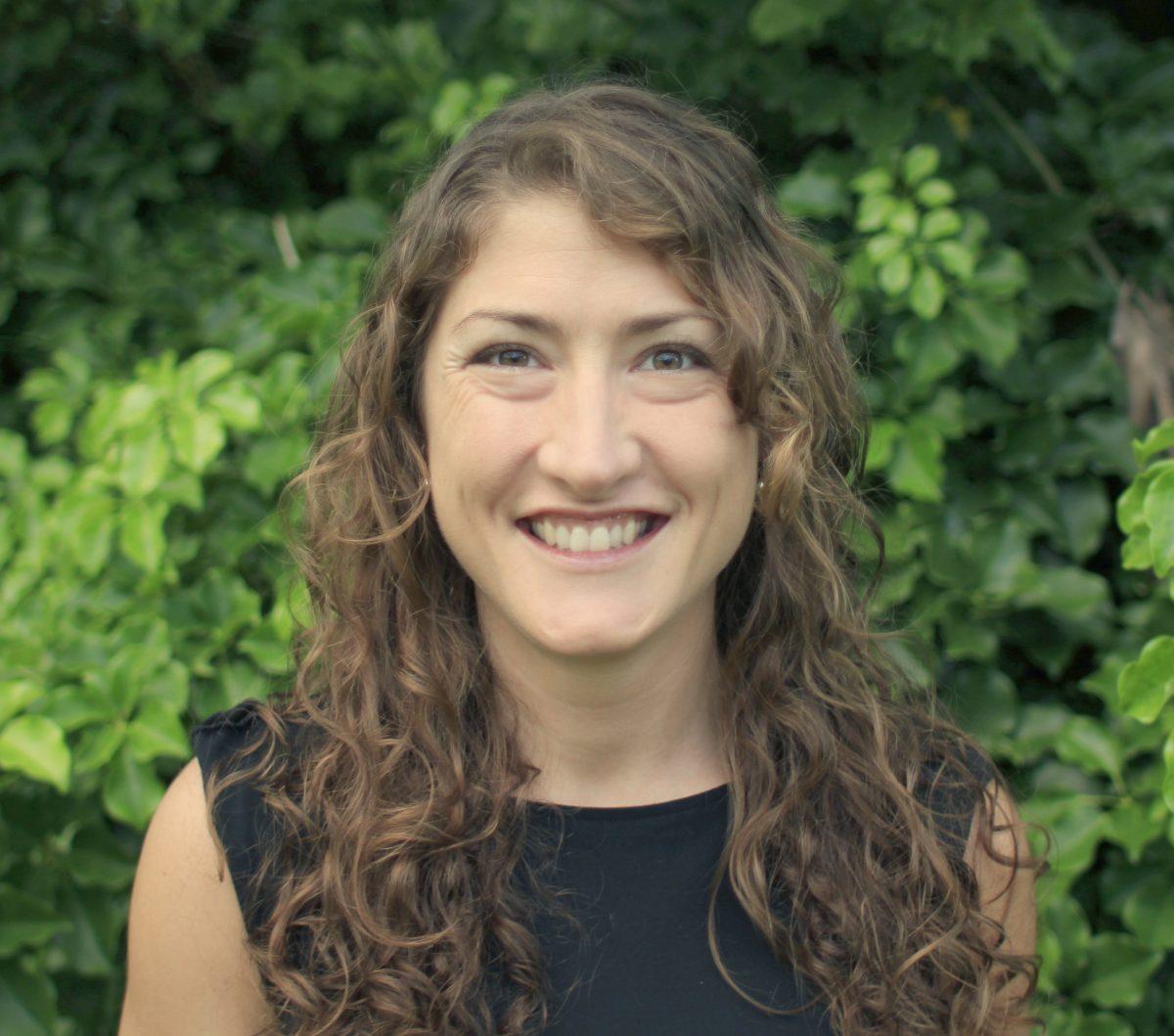
Christina Hammock
Last month, N.C. State alumna Christina Hammock received the shock of a lifetime when she discovered she had been named to the 21st class of NASA astronauts.
Hammock earned a degree in electrical engineering in 2001, and degrees in physics and electrical engineering in 2002.
Chosen from a field of more than 6,100 applicants, Hammock is part of the second-most-competitive class ever.
According to NASA administrator Charles Bolden, the new team of eight astronauts will lay the groundwork for NASA missions to an asteroid in the 2020s and to Mars in the 2030s.
Hammock is one of four women who make up half of the ground breaking astronaut class, the highest ratio on record.
“The playing field is becoming more level, and women are now in a position to really excel and follow their own dreams,” Hammock said.
Growing up in Jacksonville, N.C., Hammock said she could only dream of one day of attaining heights very few before her had accomplished.
As a student at the North Carolina School of Science and Mathematics, Hammock began to refine and follow her interest in the physical and spatial sciences.
It was her curiosity with spaceflight that attracted the interest of Myra Halpin, a chemistry instructor who was a NASA Teacher in Space finalist in her own right. With Halpin’s support, Hammock began a seminar dealing with spaceflight and spatial sciences.
During the class, Hammock and her classmates were even able to enter and compete in a science contest centered on constructing a mission to Mars.
Upon arriving at N.C. State in 1997, Hammock was able to take advantage of the many research opportunities at the University and interned in the astrophysics department through a National Science Foundation Research Experience for Undergraduates here at N.C. State., She later attended a program called NASA Academy at the Goddard Space Flight Center in Maryland.
Hammock said her dreams would never have materialized without support from professors such as Stephen Reynolds, professor of physics, and Cecilia Townsend, a lecturer in the engineering department.
“I was nominated by Cecilia Townsend in the electrical engineering department for a scholarship funded by a foundation of astronauts,” said Hammock. “And through this program I was able to meet all kinds of people, including astronauts, and even members of the Apollo space crews and travel to the Kennedy Space Center. This scholarship allowed me to solidify my interest in the space program as well as allow me to meet my heroes.”
Fresh out of college, Hammock returned to NASA’s Goddard Facility in Maryland to join the Laboratory for High Energy Astrophysics, where she began her career as a research scientist.
After two years, Hammock saw her career progress away from that of a typical future-astronaut and instead her interests took her elsewhere–approximately 90 degrees south, 0 degrees west, the South Pole.
“I quit my job at NASA to go work in Antarctica, and some people questioned that decision. But it turned out, in the end, my career in remote field instrumentation would give me the skill set that NASA was looking for in an astronaut,” Hammock said.
Now the Station Chief for the NOAA station in American Samoa, Hammock has continued to refine many of the skills that will help her succeed as an astronaut.
“I work at a climate and atmosphere observatory,” said Hammock. “We monitor the baseline qualities of the atmosphere that contribute to global climate models, so we’ve been running continuous monitoring of things like greenhouse gases and solar radiation in the ozone layer.”
“So what I do is the instrumentation side,” said Hammock. “I don’t deal with the data specifically, but I keep the instruments running. I basically do everything, I’m the only employee there besides the groundskeeper.”’
Her work will undoubtedly be an asset to the 21st class of NASA astronauts.
“There are actually 150 experiments going on at any given time on the International Space Station. They focus on many different things,” said Hammock.
One subject researchers focus on is materials science experiments.
“Because of zero gravity, and [because] materials behave differently in zero gravity, there’s research on human physiology and life science, such as animal behavior.”
Like her jobs in the Antarctic and American Samoa, Hammock and her team will be in charge of projects designed by other researchers, conducting experiments for all those who cannot make the journey into space.
So what lies next for the first member of the Wolfpack going to space?
Hammock and her cohort will report to the Johnson Space Center in Houston, Texas in August to begin two years of intense training,
The training includes learning Russian, as well as learning how to fly planes, including a supersonic jet called the T-38 Talon. The two years will include plenty of survival training as well as specific training on how to maneuver the Russia’s Soyuz Rocket.
Since the end of NASA’s shuttle program, the only way to and from the ISS is the Russian spacecraft.
“Even though I wanted to be an astronaut my whole life, I did not go through the standard checklist of ‘I need to do A,B,C, to get myself there,’” Hammock said. “For me, I followed the route of my own dreams and do things that draw and excite me, and later in my career, if the skills I have accumulated would make a good astronaut, then I would consider applying.”